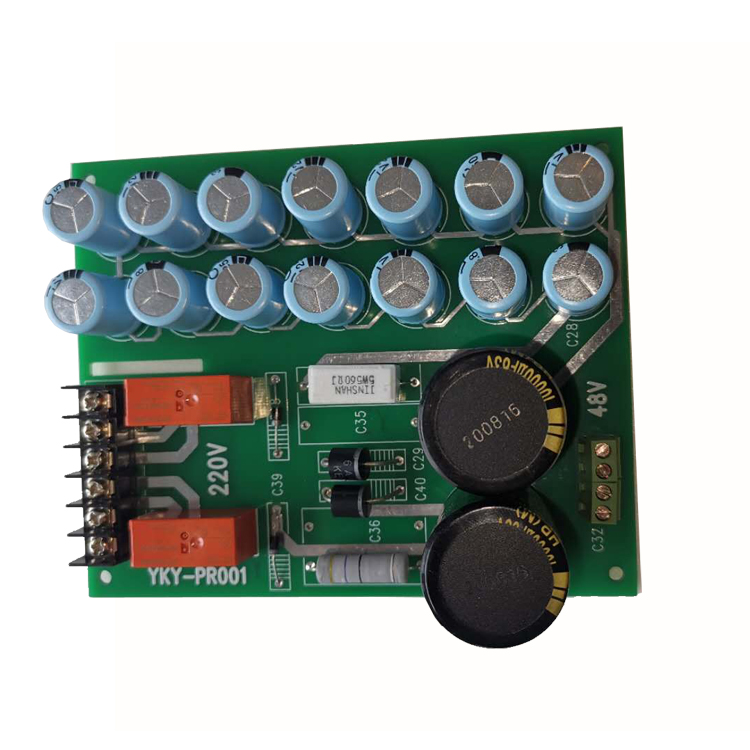Consulting phone:
135-3037-2041
(Mr.Wang)
Supercapacitors : Working Principles and Applications?
Supercapacitors (also known as supercapacitors ) are specially designed capacitors capable of storing large amounts of electrical charge. Supercapacitors store more energy than ordinary capacitors
by forming a very thin "double layer" of electrical charge betweentwo plates, which are made of porous, usually carbon-based materials soaked in an electrolyte. become.
Supercapacitors bridge the gap between electrolytic capacitors
Supercapacitors offer operating voltages in the 1V and 3V range for both organic and aqueous electrolytes, and are promising for fast charging and energy storage. They are also known for their nearly infinite charge cycles compared to Li-ion batteries, which degrade with each cycle.
How
Supercapacitors Work Before understanding how a supercapacitor works, it's important to understand how a typical capacitor works.
Your typical capacitor is made of two metal plates (electrodes) that separate the dielectric material. When a voltage is applied, electrons collect on one of the electrodes, storing charge. At the same time, the dielectric material sandwiched between the two electrodes undergoes a process called dielectric polarization, which helps increase capacitance — the system's ability to store charge.

Supercapacitors work on the same principle, except that in supercapacitors, the wedge-shaped material is an electrolyte rather than a dielectric. When a voltage is applied to a supercapacitor, an "electric double layer" is created that aligns positive and negative charges along the boundaries of the electrode and electrolyte. This region acts as a charge storage site. To widen the boundaries of these regions, activated carbon is used because it is porous and has many holes on its surface that help to cover a large surface area.
Supercapacitors vs Batteries
Although supercapacitors sound very similar to conventional batteries -- in fact, they have the same structure due to the electrolyte and electrodes -- there is one big difference.
In a battery, a chemical reaction occurs between the electrolyte and the electrodes. In contrast, supercapacitors only allow electron movement between electrodes. This difference means that there are various different characteristics between batteries and supercapacitors, and each has its own application.
In addition, batteries are widely used in specific volume and weight, and also have better energy density. In contrast, supercapacitors are high-capacity capacitors with high power density. Compared with batteries, supercapacitors have the characteristics of fast charging and discharging speed, low temperature and high temperature resistance, low impedance and high reliability.
Typical Applications
As a means of bridging the gap between capacitors and batteries, supercapacitors can be used in a variety of applications. They are primarily used in applications that require rapid charge and discharge cycles, such as cars for regenerative braking, rather than applications that require long-term compact energy storage, such as smartphones and consumer-grade devices. Smaller supercapacitor cells are used as backup power systems for static random access memory (SRAM). However, there are some consumer applications that use supercapacitors because of the need for features such as fast charging or extended life cycle. Examples of these include MP3 players and professional-grade camera flashes.
Another common application for supercapacitors is wind turbines. Here, very large supercapacitors help eliminate intermittent power provided by the wind.